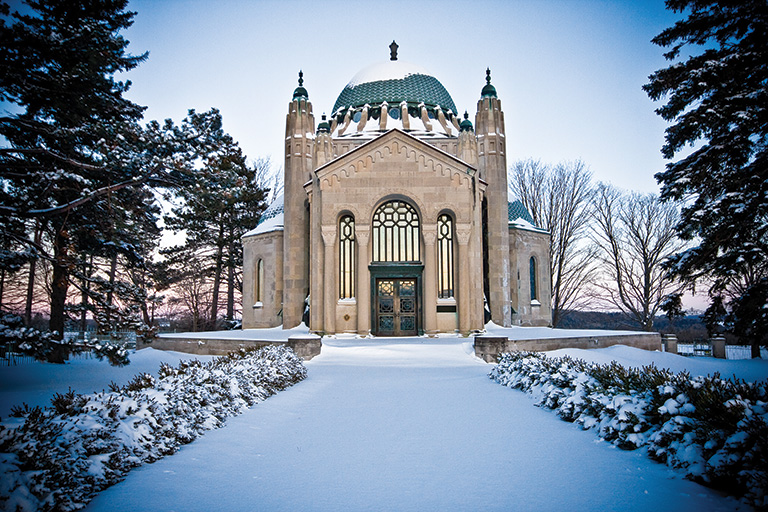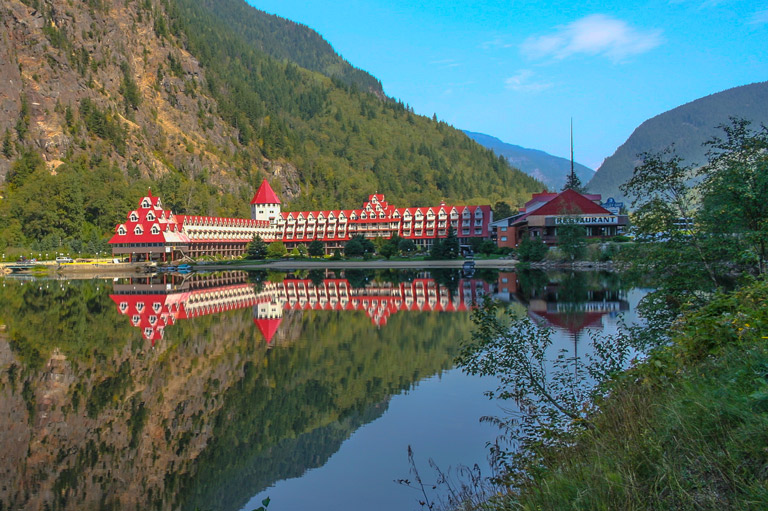Marvellous Mariposa
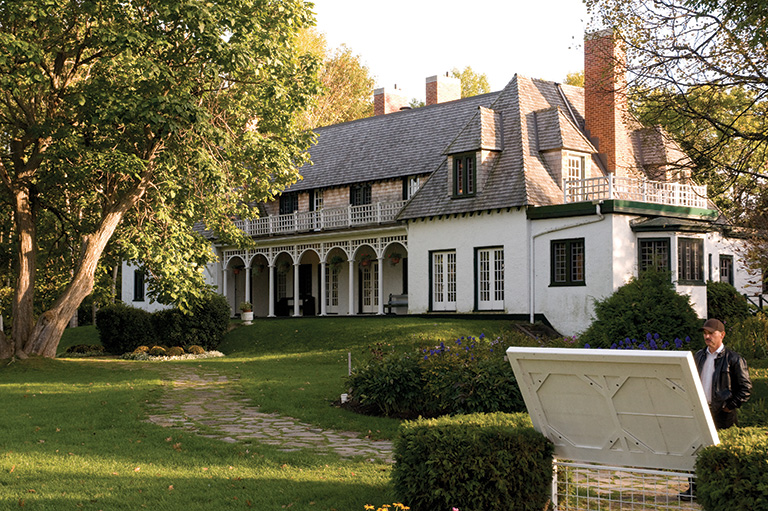
“I don’t know whether you know Mariposa, if not it is of no consequence, for if you know Canada at all, you are probably well acquainted with a dozen towns just like it.” — Stephen Leacock
Mariposa, the fictional little town that Stephen Leacock immortalized in his humorous 1912 book Sunshine Sketches of a Little Town, has now grown up to be a picturesque city (population 32,000). Orillia — the Ontario community Leacock used as the model for Mariposa — has retained the small-town flavour that captured the humorist’s heart.
On this day, I head down the city’s main street, Mississaga, which leads all the way down to Lake Couchiching. I love walking along the boardwalk, past the new marina down by the lake.
Every Saturday, the farmer’s market, located behind the Orillia Opera House, offers a cornucopia of breads, jellies, jams, and handicrafts. On Mississaga, the Mariposa Market is great for light lunches and morning coffee.
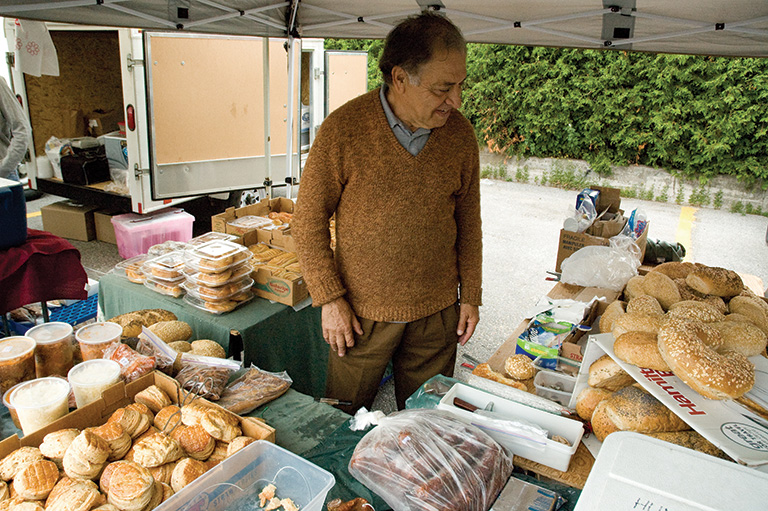
I decide to wander around the town to see the homes and places that inspired Leacock. Judge John McCosh’s former home (which was the model for the mansion owned by Sunshine’s Judge Pepperleigh) is now the Mundell Funeral Home. It still retains some of its elegance, with its seven fireplaces and interesting mahogany mouldings.
By far, my favourite attractions are Orillia’s summer festivals, beginning with the international Mariposa Folk Festival held the first weekend after the long July weekend. Taking place in J.B. Tudhope Memorial Park, fronting Lake Couchiching, the festival will this year feature Buffy Sainte Marie, The Proclaimers, and Luke Doucet.
The Leacock Literary Festival occurs the following weekend, with its authors’ showcase held at the Stephen Leacock Museum National Historic Site. Every year there are plays on the lawn, tea-and-strawberry parties, and, last but not least, book readings by writers such as Wayne Johnston, Russell Smith, Allisa York, and Ted Barris.
Leacock’s ties to Orillia run deep. In 1908, he bought thirty-three acres for a summer cottage because his mother lived nearby. He named the adjacent body of water Old Brewery Bay, as it was near the ruins of an old brewery.
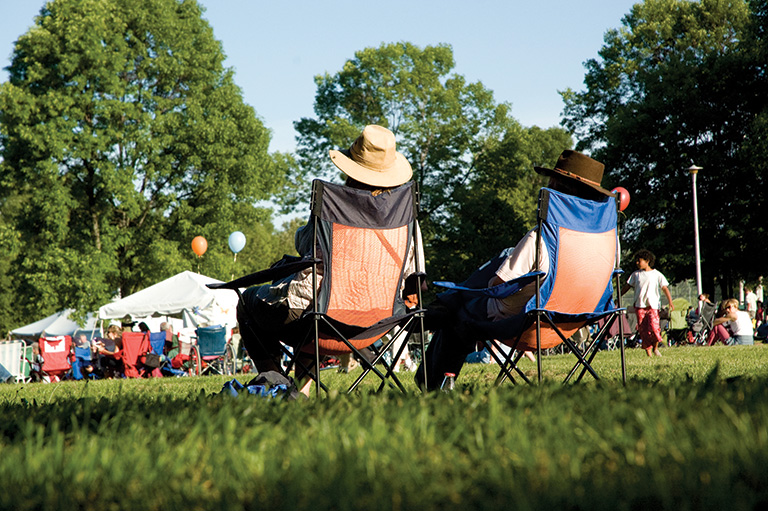
In all, Leacock spent over thirty-five summers here, a welcome refuge from his responsibilities as professor and chairman of the Department of Economics and Political Science at McGill University. It was here that Leacock would eventually meet his wife, Beatrix Hamilton.
The pair met on the tennis courts of Southwood, a large summer place owned by Beatrix’s uncle, Captain Henry Pellatt, whose son, Sir Henry Pellatt, built Casa Loma in Toronto. Leacock and Beatrix were married in 1900. She died in 1925.
Visitors to Orillia certainly should plan to visit Leacock’s home, which is open to the public. I love wandering through the nineteen-room, stucco rectangular building, with its long veranda that faces a refurbished two-storey boathouse. It’s here that Leacock would write for several hours per day before spending the rest of the day fishing and sailing.
Leacock memorabilia abounds on the ground floor of his home. In the dining room, a mirror hangs that was installed by Leacock so he could keep an eye on the help.
In the rear of the Leacock home, covered by a glass solarium overlooking the garden and the sundial, hangs a Karsh photo showing Leacock sitting at the table paying his bills. Hanging on the wall nearby is his old hat, along with his walking stick, tennis racquets, golf clubs, and a fishing net.
In Leacock’s bedroom closet, the writer’s jacket and tie still hang at the ready; his spats are still arranged in pairs on shelves. Note the old family trunk brought from England.
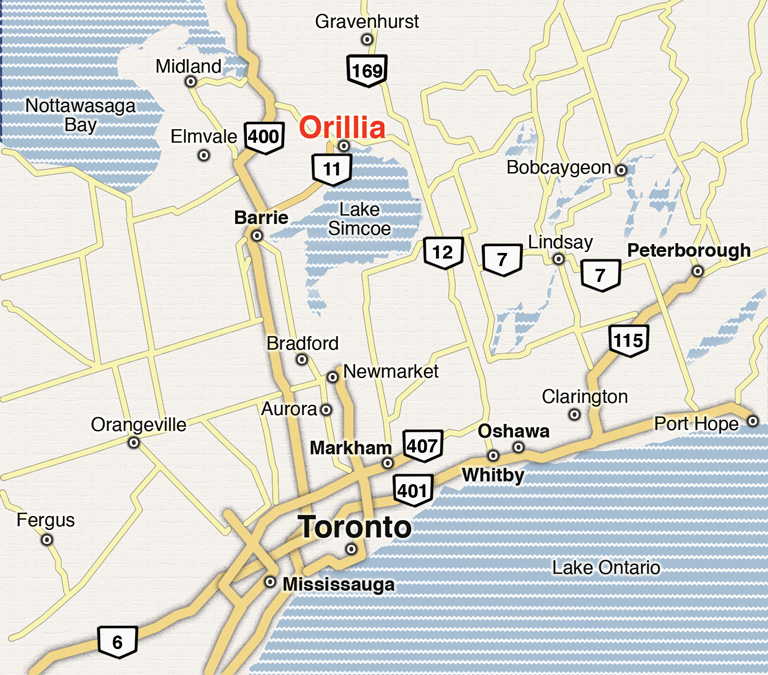
A small room holds the books of all the writers who have won the annual Leacock Medal for Humour award, which is handed out at the end of June. In another room is a study lined with books — part of the extensive collection found in the house. In the library, there is a bronze cast of Leacock. Scattered throughout the home are more than thirty thousand books, manuscripts, and personal papers.
One visit to Leacock’s Mariposa is never enough. What makes me return every summer are the fun-filled days at festivals, or are wandering the town eating ice cream cones; sometimes in my bare feet, just like Leacock would have done.”
Themes associated with this article
Advertisement



